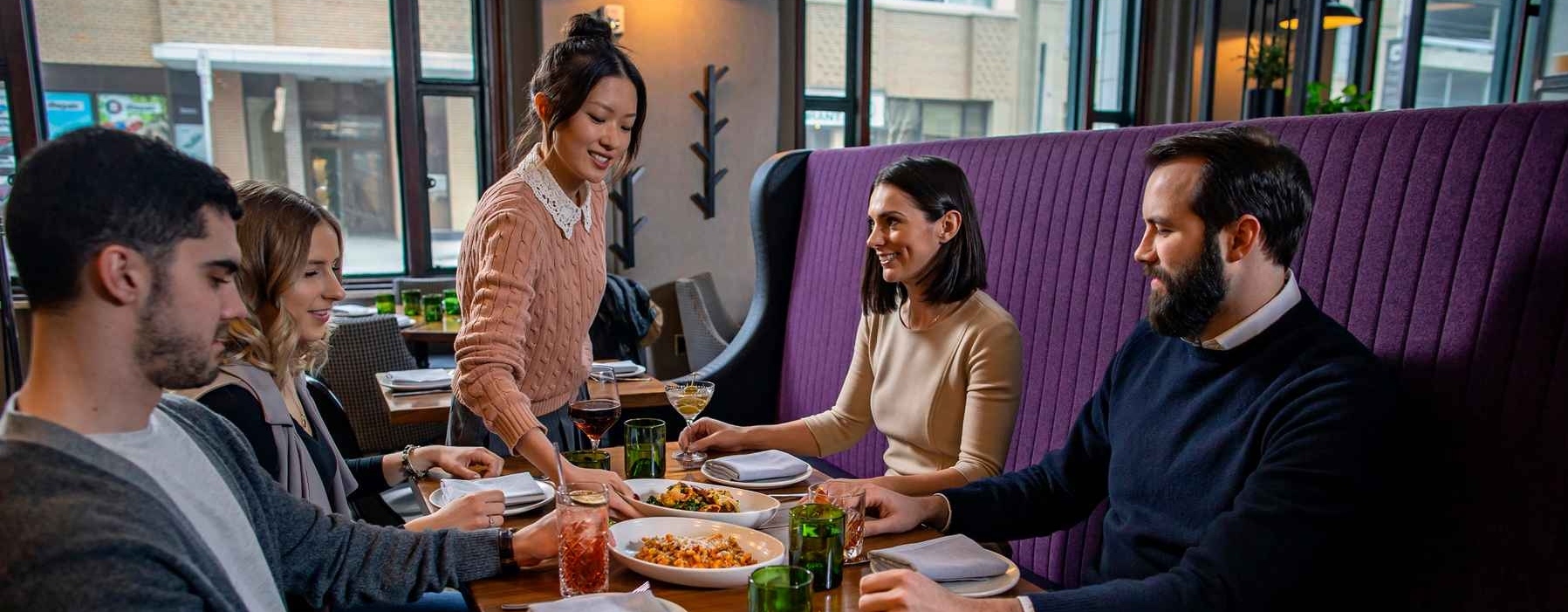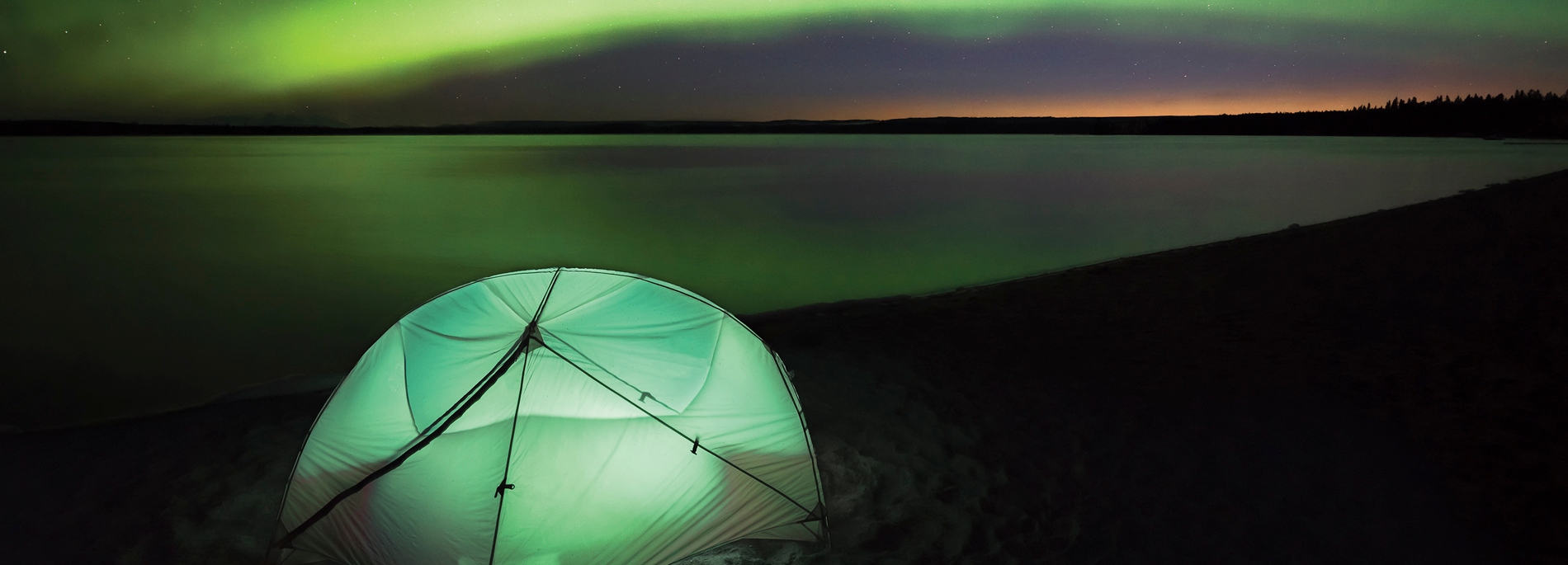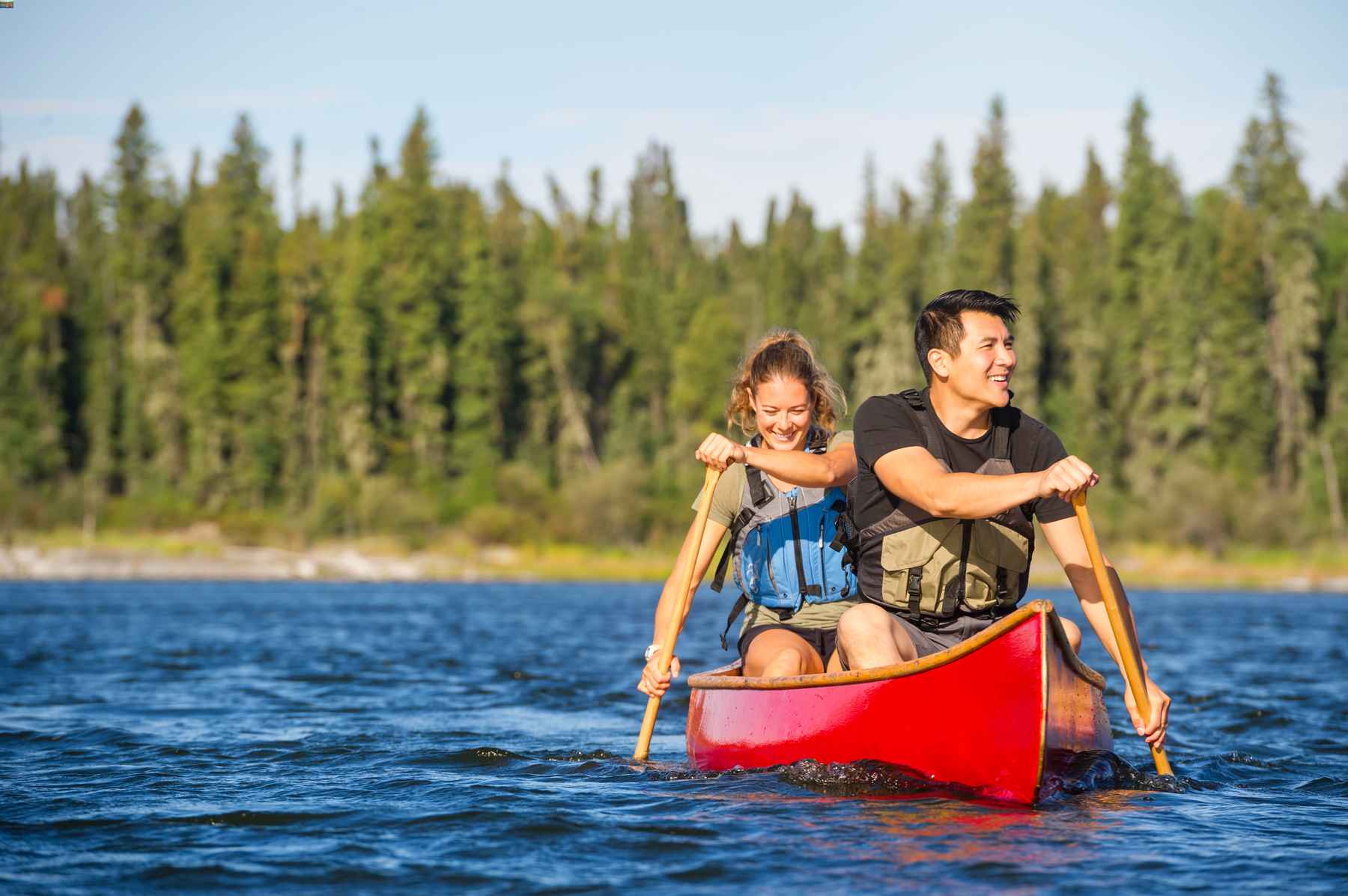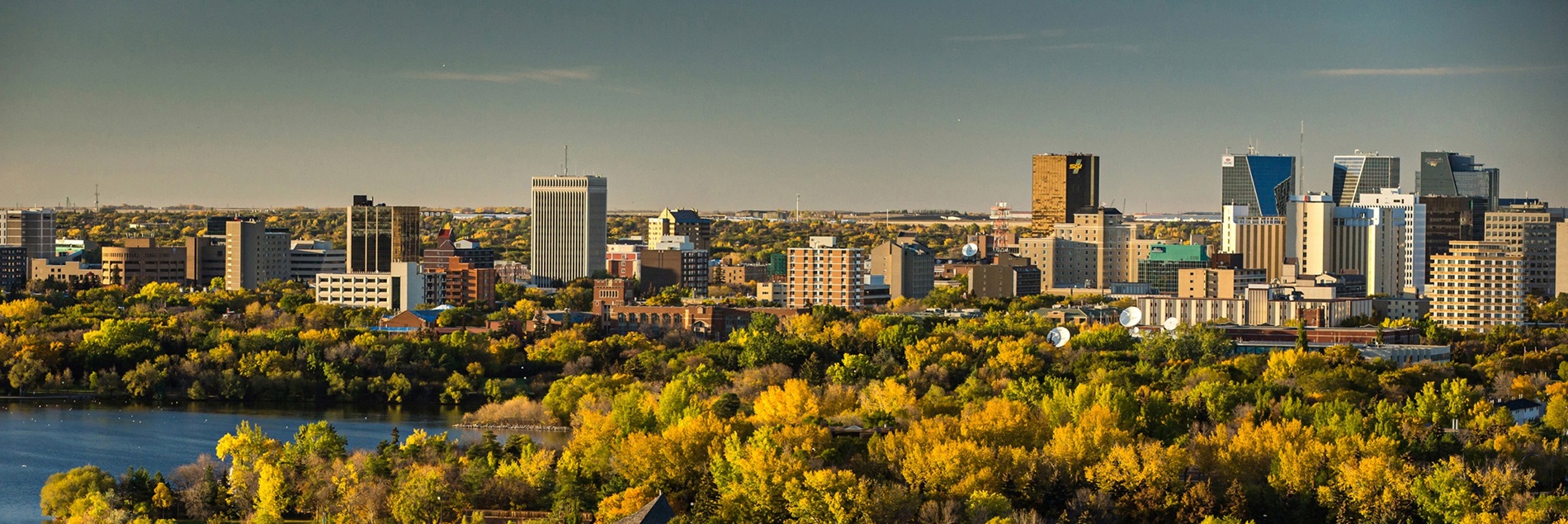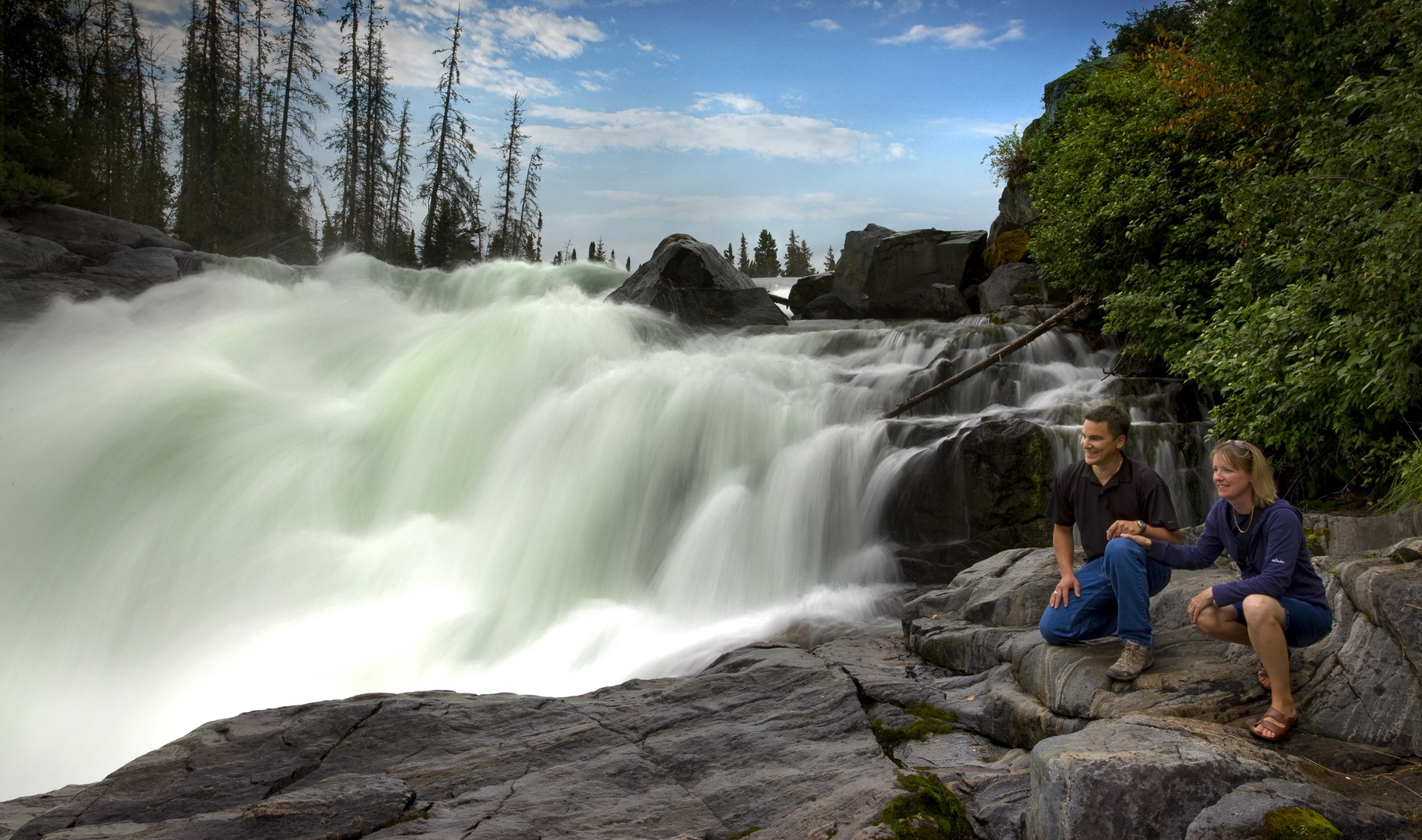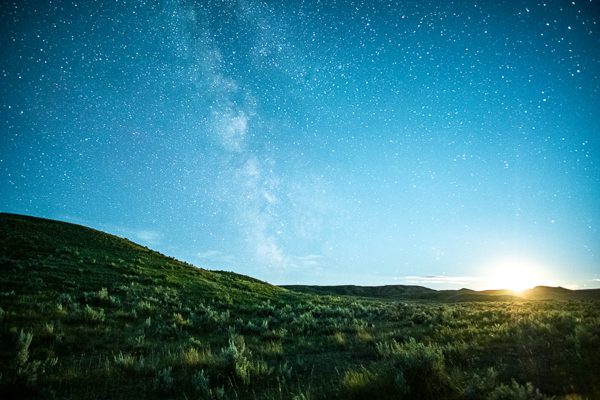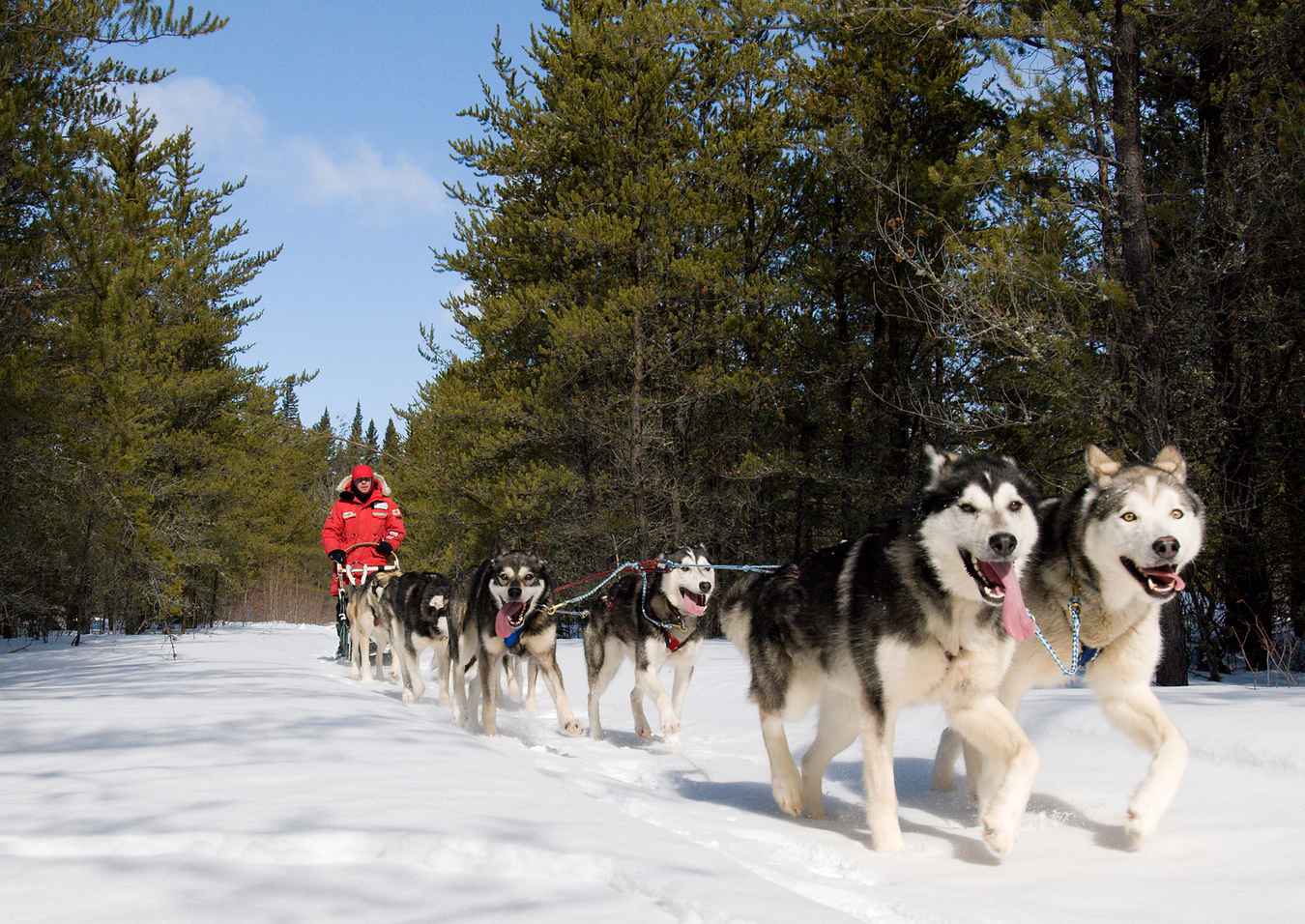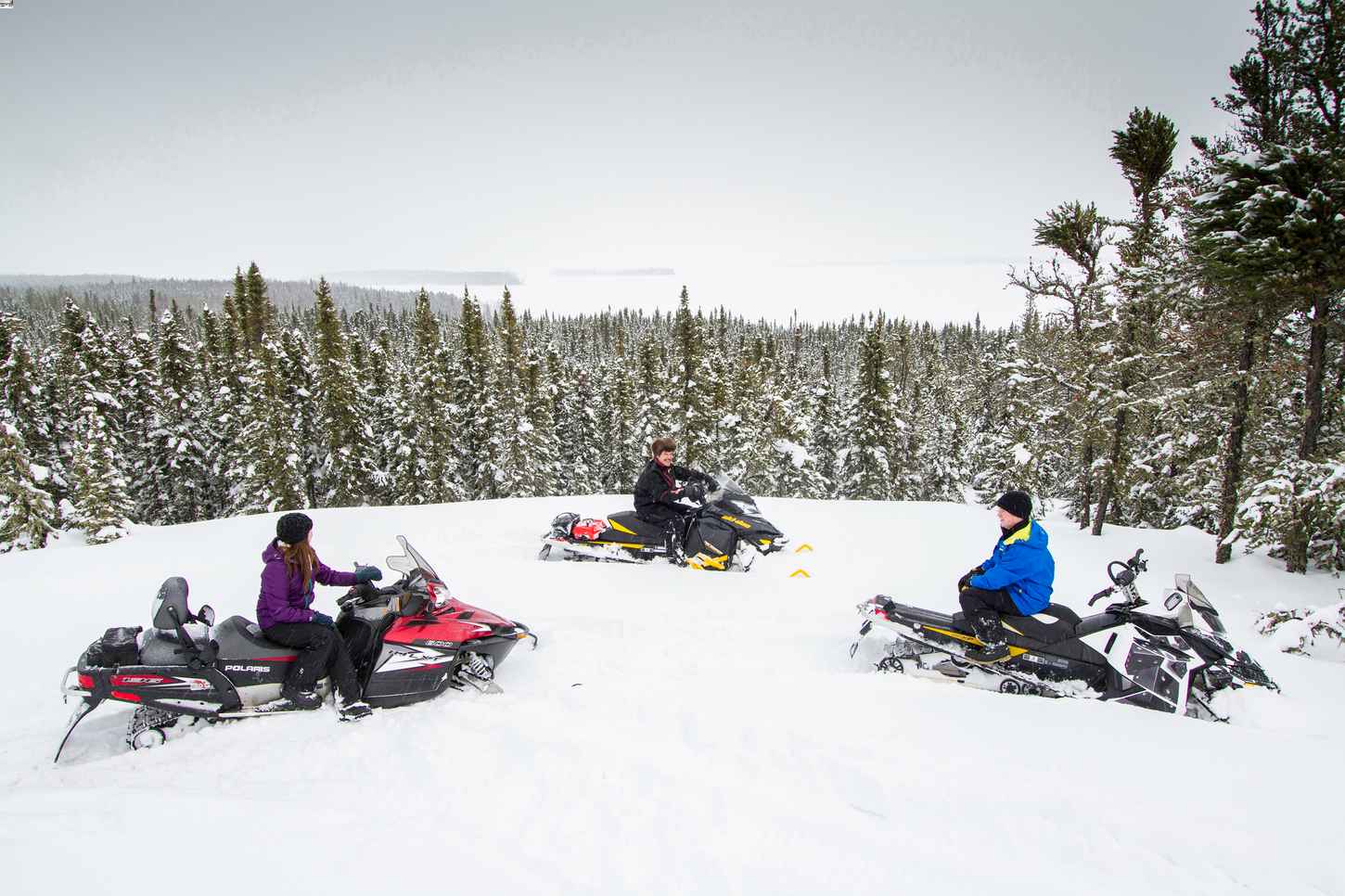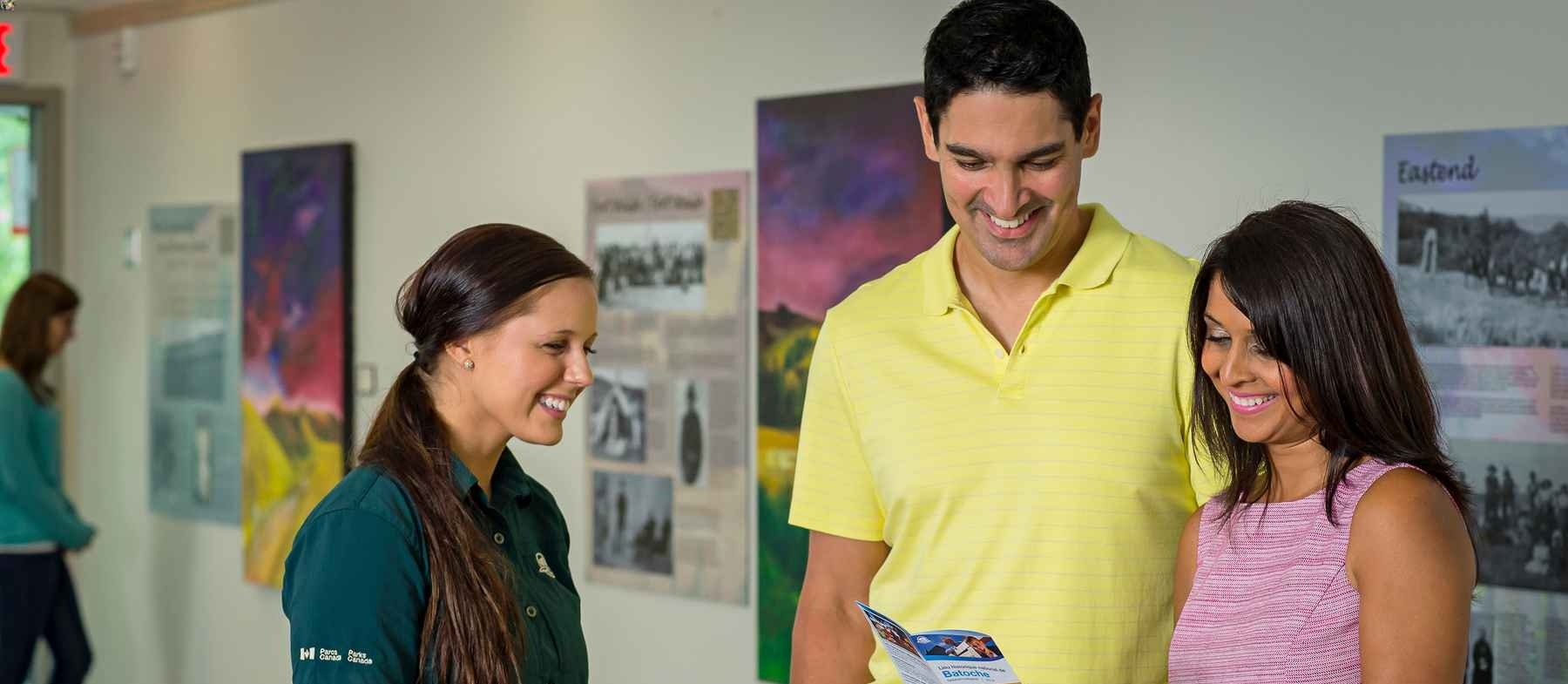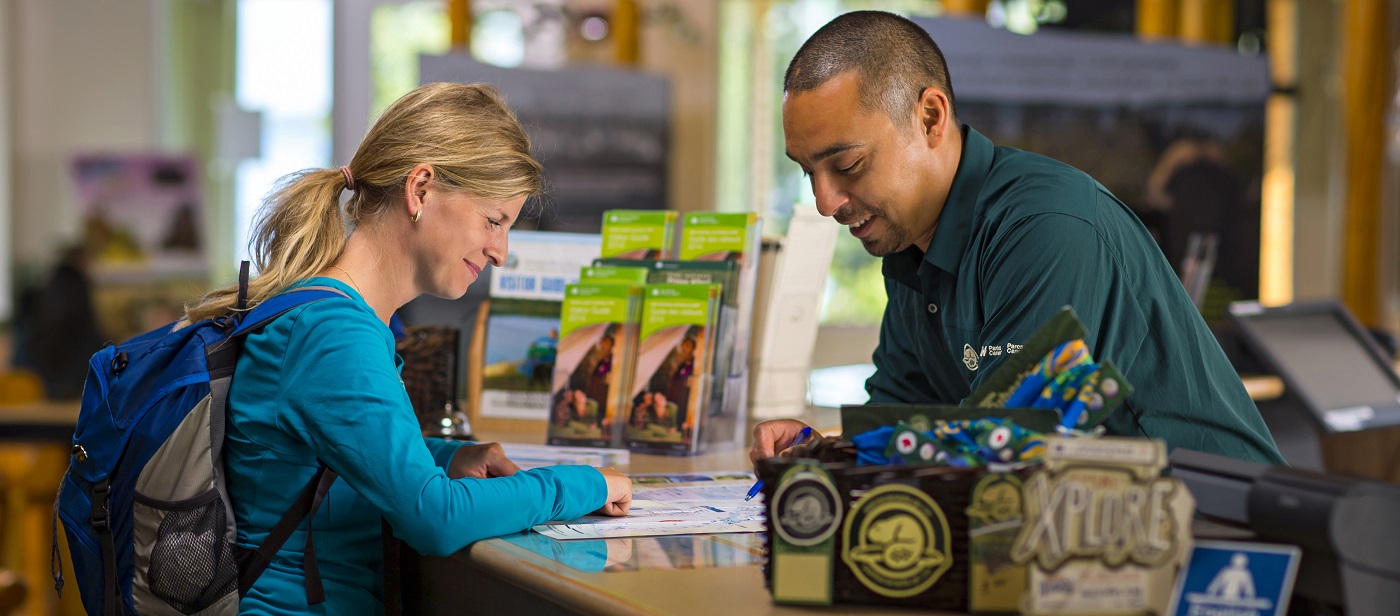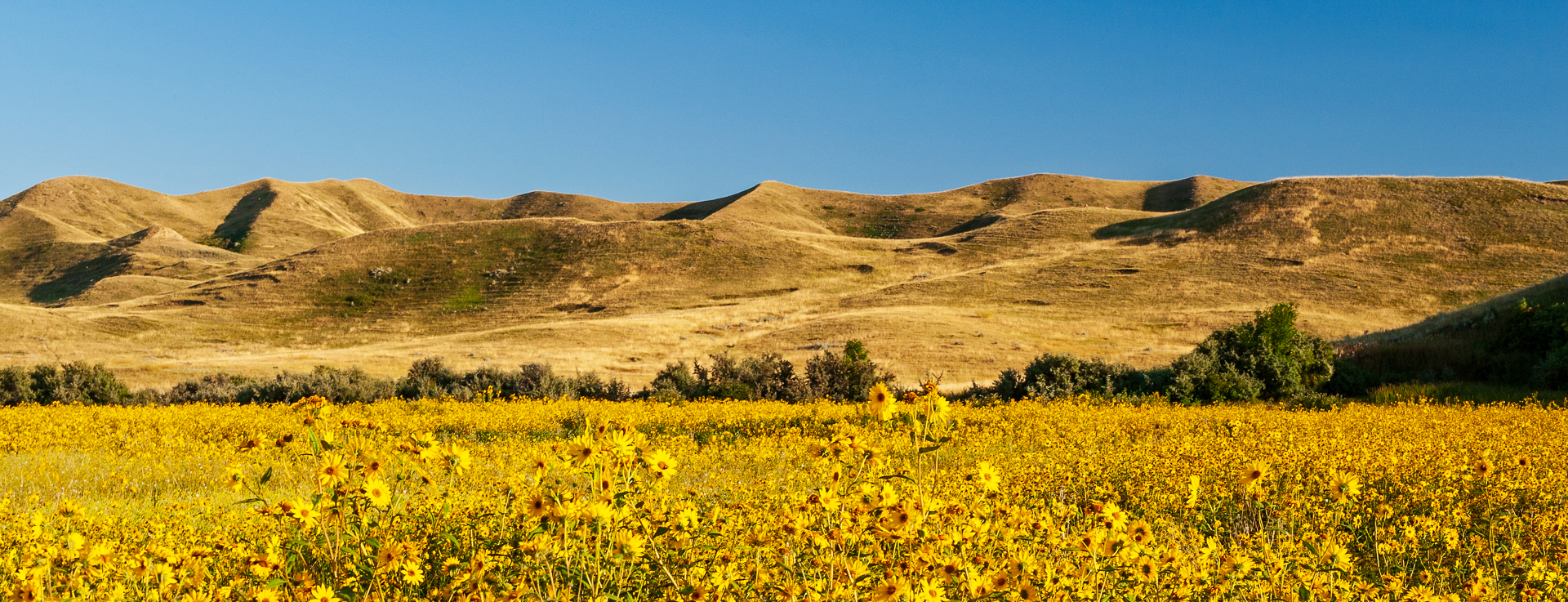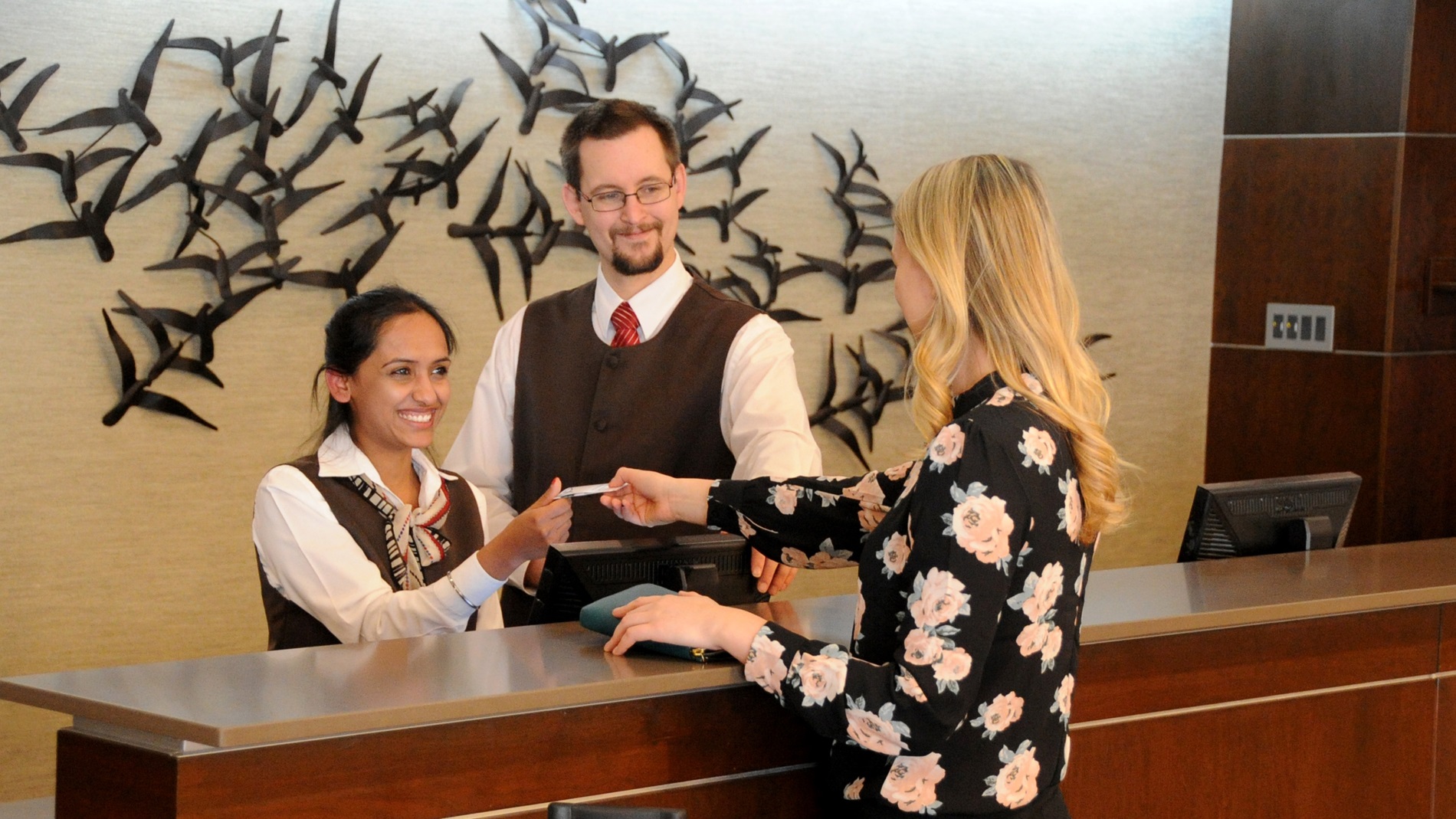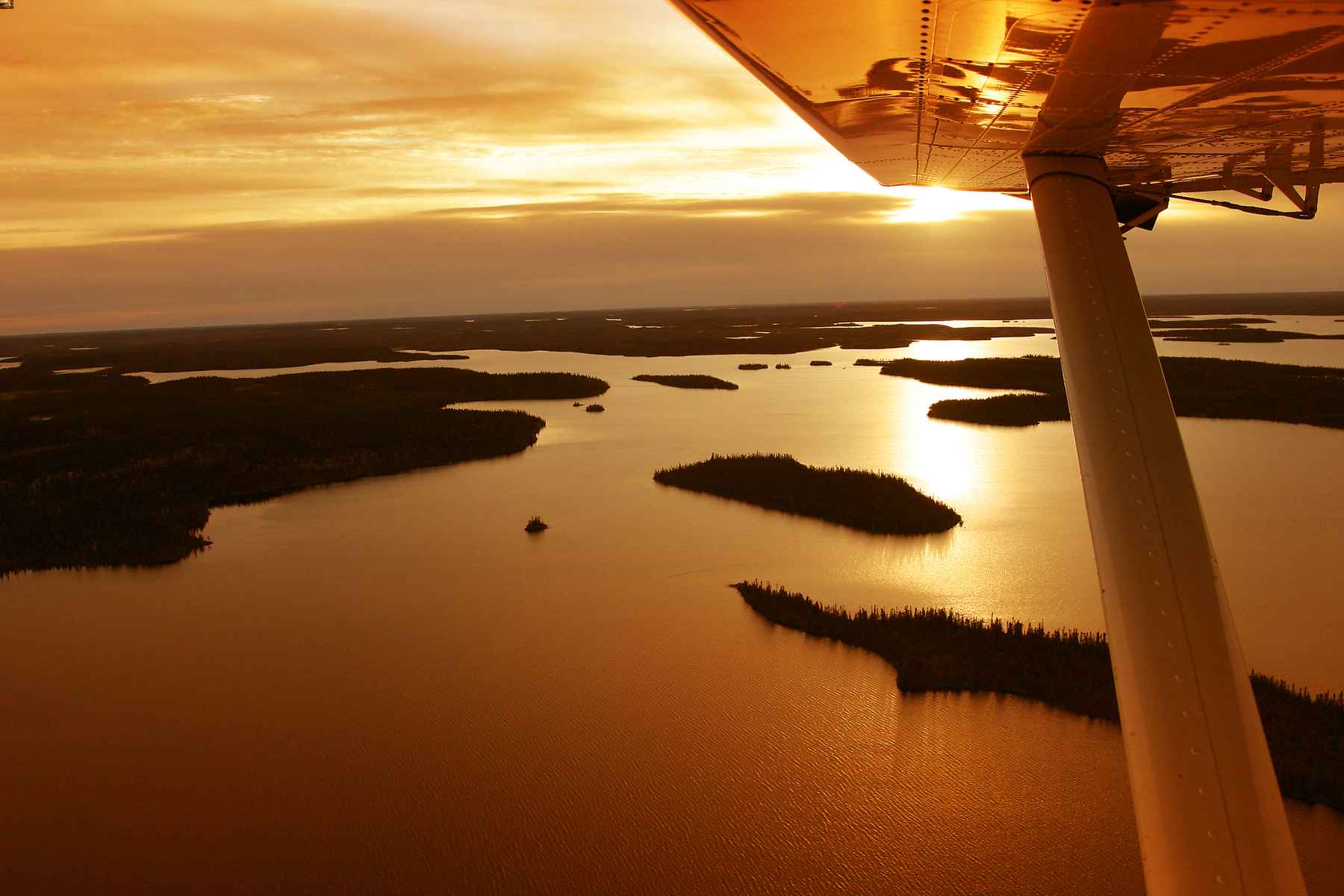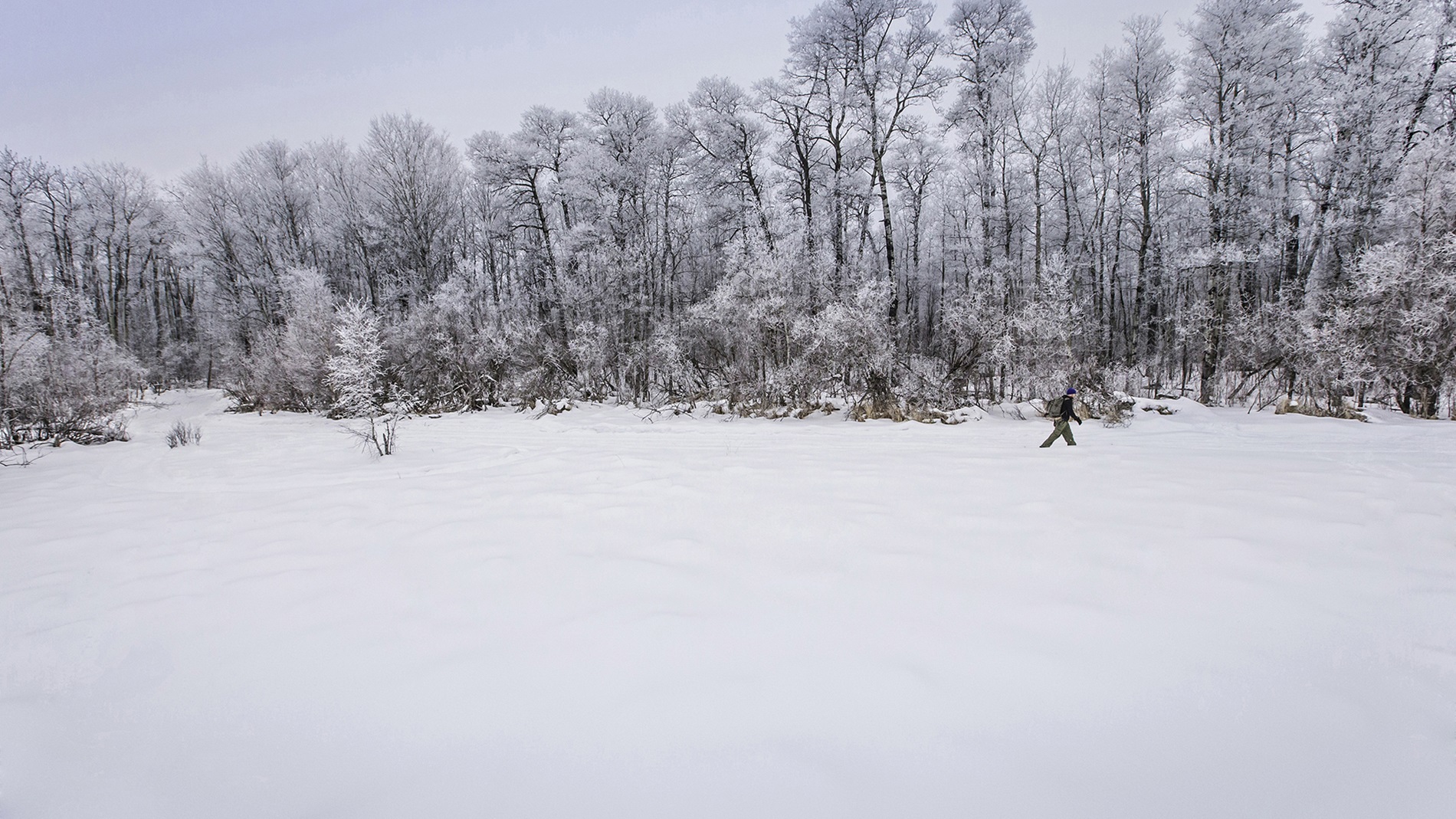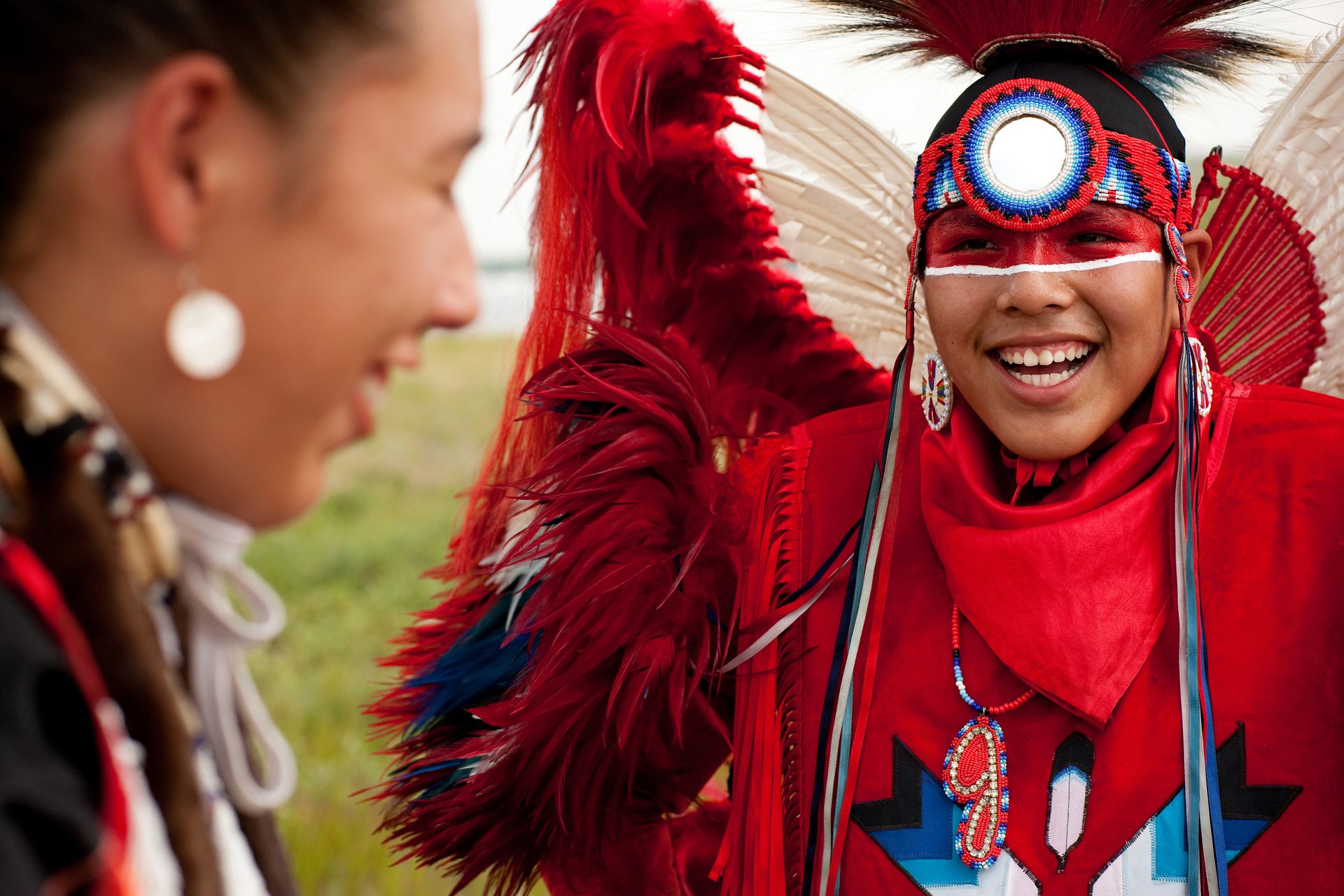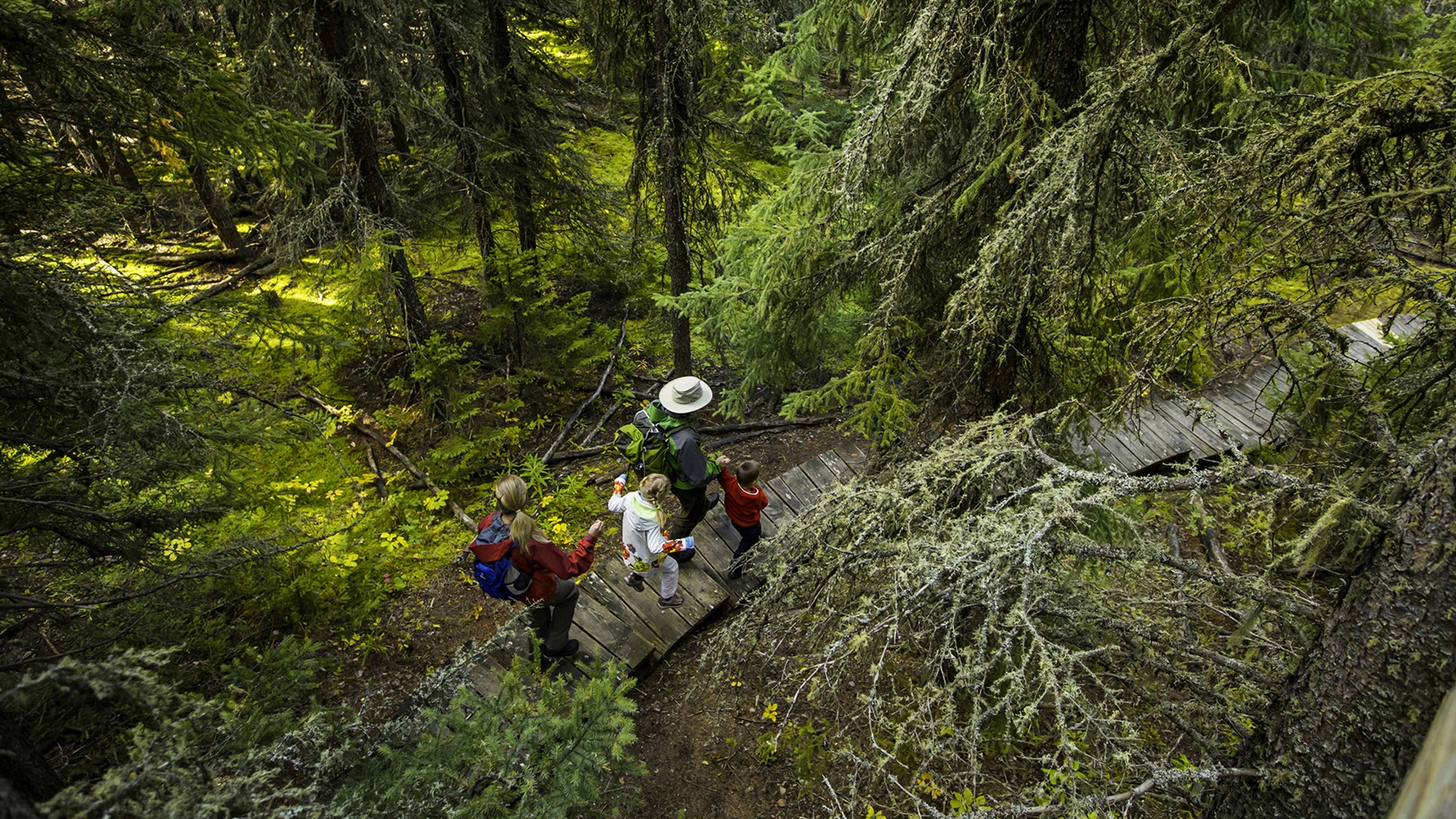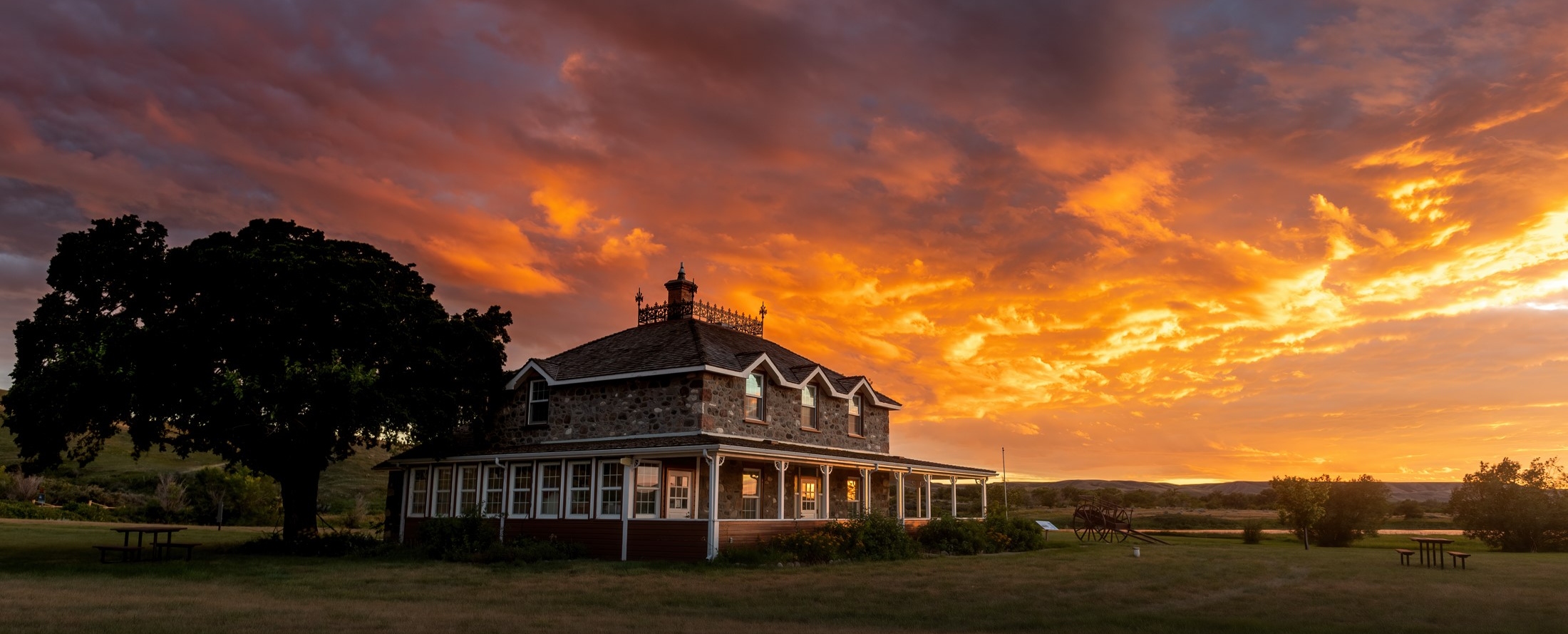Teresa Ryder discusses industry recovery and a new Saskatchewan Indigenous tourism association
Wednesday, January 18 2023
Teresa Ryder is the Director of Partnerships at the Indigenous Tourism Association of Canada (ITAC). She is responsible for nurturing partnerships with funders, stakeholders and industry, as well overseeing the formation of a network of Indigenous tourism associations across Canada. Her role with ITAC has brought her to Saskatchewan on numerous occasions, and she has a solid understanding of the potential for growth and expansion of export-ready Indigenous tourism businesses here.
In an interview with Tourism Saskatchewan, Teresa spoke about industry recovery, the value of forging strong partnerships. and the promising developments ahead as a new Indigenous tourism association –Indigenous Destinations Saskatchewan – takes shape.
Indigenous tourism was particularly hard hit by the COVID-19 pandemic, with 2028 as the initial forecast date for full recovery. That timeline was recently shortened to 2025. What accounts for this dramatic recalculation?
ITAC adjusted its forecast due to the shift in interest by consumers. Our research showed that during the pandemic, Canadians began looking for ways to engage with Indigenous tourism operators across Canada and better understand their neighbours.
Because of certain events, such as the discoveries of unmarked graves at some residential school sites, Canadians are in a different place and are seeking Indigenous tourism experiences as ways to engage with and understand Indigenous people in Canada. Many of our operators offer a place to gain this understanding. Travellers across the country are also looking to disconnect from their devices and reconnect with nature – slow down and take life at a more grounded pace.
The other thing contributing to our revised targets is that, during the pandemic, ITAC was able to access $16 million in stimulus funds from the Government of Canada. That allowed us to stabilize the operators and really focus on how we can make businesses more sustainable. We’re seeing the success of that play out in our recovery and in our forecast.
One of the challenges, pre-pandemic, is that consumers didn’t know where to find our experiences. ITAC’s launch of The Original Original campaign brought new life to Indigenous tourism by showing Canadians that these experiences exist and that they are easily accessible through our platform.
The formation of Indigenous Destinations Saskatchewan is an exciting development. What does this mean for Indigenous tourism businesses, attractions and experiences in the province?
It really means a more co-ordinated, well-organized approach to Indigenous tourism development and marketing. In other provinces where Indigenous tourism associations exist, we see alignment of partners – Indigenous and non-Indigenous.
ITAC recognizes that the needs of Saskatchewan operators differ from those in other parts of the country, so having this new organization in place will help build tools to support those needs. We see, elsewhere in Canada, a focus on development and telling local stories. This helps non-Indigenous businesses, as well, by having more of those real, authentic stories that can be shared with domestic and international travellers alike.
When we look at investment, having an Indigenous tourism association bring partners together and helps leverage funding commitments from governments to grow the visitor economy.
What can Saskatchewan learn from other provincial Indigenous tourism associations?
There are lots of great learnings from coast to coast to coast that Saskatchewan can borrow. Leveraging partners is first and foremost, as I mentioned. We’ve seen that in other parts of the country – Alberta, Manitoba, BC, Quebec – having a provincial entity has enabled them to align resources and work towards common goals.
Other destinations have built specific programs to help with development. Our colleagues in the Yukon have great training and development programs to make sure that the authentic story of place is being shared, but with a good business foundation. There are successful examples of leveraging marketing dollars and bringing those stories to the forefront, while making sure the integrity of the Indigenous story is being maintained. We see some of our partners – BC and Alberta, for example, working with the Indigenous operators to put that story together, whether it’s for social media or a blog post or campaign, and then it’s the Indigenous association that is leading the collective and bringing it to the partners.
I feel that Indigenous Destinations Saskatchewan has a real opportunity to look to colleagues from across the country and build what works best for operators in the province.
Indigenous tourism experiences vary greatly across Canada. How is Saskatchewan distinct from other areas?
I’ve had the privilege of travelling across our nation and seeing, firsthand, that Saskatchewan is rich in Indigenous culture. It’s a story that is mostly untold, so far. Indigenous Destinations Saskatchewan will become a key player in starting to define what makes Saskatchewan different and what is the story of place.
I’ve spent a lot of time getting to know the unique First Nations and Métis cultures – there is lots to celebrate. I visited Dakota Dunes Resort a few months ago and was blown away by the absolute beauty of the place and how it celebrates the history of the Dakota people – from the subtle details through to the large-scale infrastructure. We’re really seeing developments in and around Saskatoon, and the new tourism corridor, Kichiota Indigenous Destinations, is a model for others across the country.
Of course, you can’t talk about Saskatchewan and Indigenous tourism without acknowledging the work undertaken at Wanuskewin Heritage Park – not only the archaeological discoveries, but in the efforts to make it a place that appeals to the five senses and honours Indigenous history and traditions.
When I think about Saskatchewan, I see so much potential for future development and for really shaping the story of the province in the eyes of the traveller. People can take those stories back to their own place and their own journey. I really think there’s endless potential to set Saskatchewan apart from the rest of Canada.
Teresa Ryder is the Director of Partnerships at the Indigenous Tourism Association of Canada (ITAC). She is responsible for nurturing partnerships with funders, stakeholders and industry, as well overseeing the formation of a network of Indigenous tourism associations across Canada. Her role with ITAC has brought her to Saskatchewan on numerous occasions, and she has a solid understanding of the potential for growth and expansion of export-ready Indigenous tourism businesses here.
In an interview with Tourism Saskatchewan, Teresa spoke about industry recovery, the value of forging strong partnerships. and the promising developments ahead as a new Indigenous tourism association –Indigenous Destinations Saskatchewan – takes shape.
Indigenous tourism was particularly hard hit by the COVID-19 pandemic, with 2028 as the initial forecast date for full recovery. That timeline was recently shortened to 2025. What accounts for this dramatic recalculation?
ITAC adjusted its forecast due to the shift in interest by consumers. Our research showed that during the pandemic, Canadians began looking for ways to engage with Indigenous tourism operators across Canada and better understand their neighbours.
Because of certain events, such as the discoveries of unmarked graves at some residential school sites, Canadians are in a different place and are seeking Indigenous tourism experiences as ways to engage with and understand Indigenous people in Canada. Many of our operators offer a place to gain this understanding. Travellers across the country are also looking to disconnect from their devices and reconnect with nature – slow down and take life at a more grounded pace.
The other thing contributing to our revised targets is that, during the pandemic, ITAC was able to access $16 million in stimulus funds from the Government of Canada. That allowed us to stabilize the operators and really focus on how we can make businesses more sustainable. We’re seeing the success of that play out in our recovery and in our forecast.
One of the challenges, pre-pandemic, is that consumers didn’t know where to find our experiences. ITAC’s launch of The Original Original campaign brought new life to Indigenous tourism by showing Canadians that these experiences exist and that they are easily accessible through our platform.
The formation of Indigenous Destinations Saskatchewan is an exciting development. What does this mean for Indigenous tourism businesses, attractions and experiences in the province?
It really means a more co-ordinated, well-organized approach to Indigenous tourism development and marketing. In other provinces where Indigenous tourism associations exist, we see alignment of partners – Indigenous and non-Indigenous.
ITAC recognizes that the needs of Saskatchewan operators differ from those in other parts of the country, so having this new organization in place will help build tools to support those needs. We see, elsewhere in Canada, a focus on development and telling local stories. This helps non-Indigenous businesses, as well, by having more of those real, authentic stories that can be shared with domestic and international travellers alike.
When we look at investment, having an Indigenous tourism association bring partners together and helps leverage funding commitments from governments to grow the visitor economy.
What can Saskatchewan learn from other provincial Indigenous tourism associations?
There are lots of great learnings from coast to coast to coast that Saskatchewan can borrow. Leveraging partners is first and foremost, as I mentioned. We’ve seen that in other parts of the country – Alberta, Manitoba, BC, Quebec – having a provincial entity has enabled them to align resources and work towards common goals.
Other destinations have built specific programs to help with development. Our colleagues in the Yukon have great training and development programs to make sure that the authentic story of place is being shared, but with a good business foundation. There are successful examples of leveraging marketing dollars and bringing those stories to the forefront, while making sure the integrity of the Indigenous story is being maintained. We see some of our partners – BC and Alberta, for example, working with the Indigenous operators to put that story together, whether it’s for social media or a blog post or campaign, and then it’s the Indigenous association that is leading the collective and bringing it to the partners.
I feel that Indigenous Destinations Saskatchewan has a real opportunity to look to colleagues from across the country and build what works best for operators in the province.
Indigenous tourism experiences vary greatly across Canada. How is Saskatchewan distinct from other areas?
I’ve had the privilege of travelling across our nation and seeing, firsthand, that Saskatchewan is rich in Indigenous culture. It’s a story that is mostly untold, so far. Indigenous Destinations Saskatchewan will become a key player in starting to define what makes Saskatchewan different and what is the story of place.
I’ve spent a lot of time getting to know the unique First Nations and Métis cultures – there is lots to celebrate. I visited Dakota Dunes Resort a few months ago and was blown away by the absolute beauty of the place and how it celebrates the history of the Dakota people – from the subtle details through to the large-scale infrastructure. We’re really seeing developments in and around Saskatoon, and the new tourism corridor, Kichiota Indigenous Destinations, is a model for others across the country.
Of course, you can’t talk about Saskatchewan and Indigenous tourism without acknowledging the work undertaken at Wanuskewin Heritage Park – not only the archaeological discoveries, but in the efforts to make it a place that appeals to the five senses and honours Indigenous history and traditions.
When I think about Saskatchewan, I see so much potential for future development and for really shaping the story of the province in the eyes of the traveller. People can take those stories back to their own place and their own journey. I really think there’s endless potential to set Saskatchewan apart from the rest of Canada.
